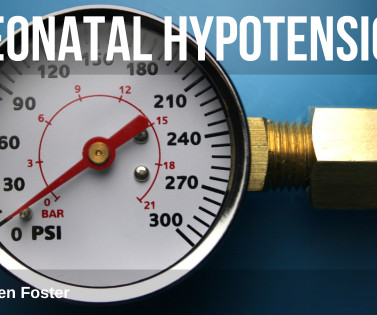The AcT Trial: Tenecteplase vs Alteplase for Acute Ischemic Stroke
RebelEM
FEBRUARY 1, 2024
Tenecteplase, a modified version of alteplase, is being increasingly utilized for AIS due to its favorable pharmacological profile, ease of administration, and cost effectiveness. Earlier studies looking at tenecteplase dosing began in 2005 and have largely settled on a dose of 0.25 mg/kg at this time for the potential treatment of AIS.




























Let's personalize your content